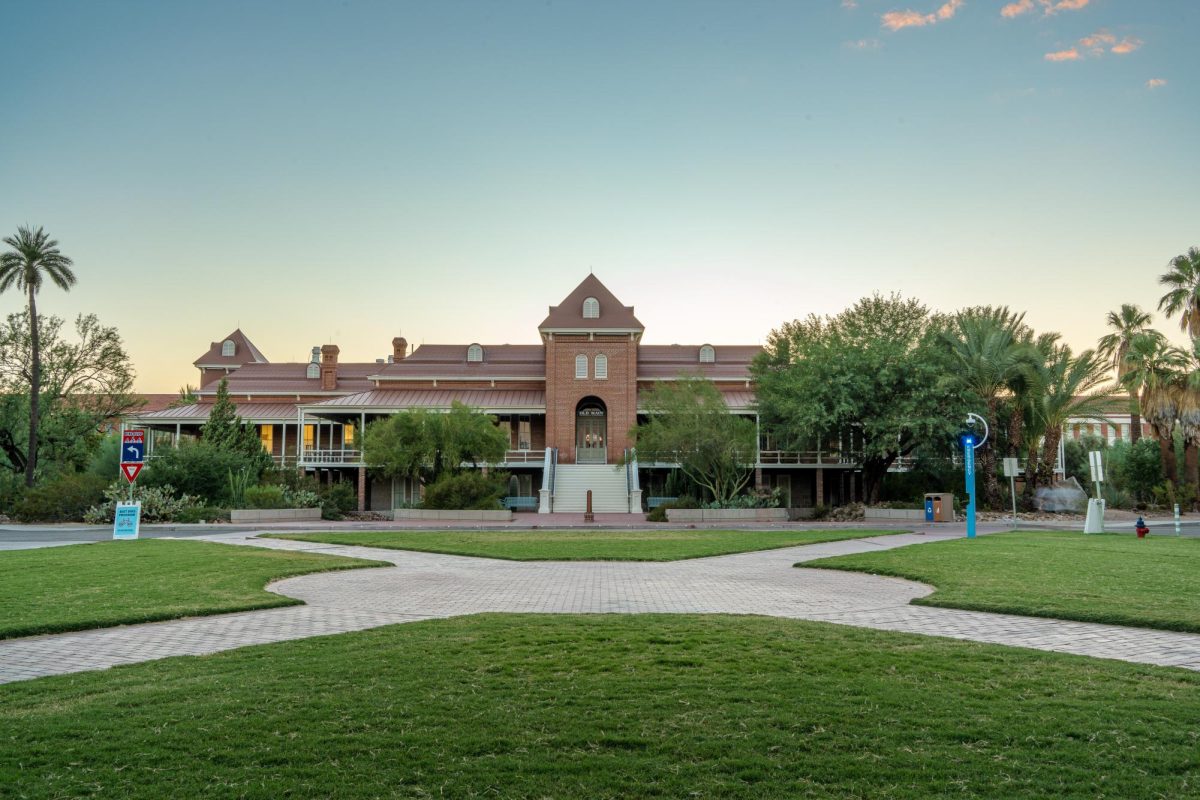In 2006, the UA Lunar and Planetary Laboratory sent the most powerful camera in history into orbit Mars. Now, they are giving the public control over the HiWish program.
HiWish was launched Wednesday and utilizes HiRISE, a high-resolution camera aboard the Mars Reconnaissance Orbiter, which has taken pictures since first arriving in orbit.
With HiRISE’s ability to take high-resolution photographs, scientists have been able to take clear and detailed pictures of previously obscure aspects of the Martian surface.
“”We have a couple of different research topics going on right now,”” said Guy McArthur, a senior systems programmer with the UA Lunar and Planetary Lab. “”HiRISE gives us the opportunity to take images vital to that research.””
Even though there is opportunity for research application, McArthur says that the goal of HiRISE was always public openness and participation.
“”Alfred McEwen (the principal investigator for HiRISE) coined the slogan ‘The People’s Camera,'”” McArthur said, “”and now finally through the HiWish program we can really bring what we are doing to the public.””
After registering for an account on the HiWish Web site, anyone can submit areas to be considered for HiRISE imaging. Up to 50 suggestions a day can be made from each user’s account.
“”The more people who make use of HiWish, the better,”” McArthur said.
According to Rodney Heyd, the HiRISE project manager, plenty of people are taking advantage of this unique opportunity. In the first two days of the HiWish program, there were 1,627 user accounts created. One or two new accounts are created every five minutes.
“”The response from the public has been amazing,”” Heyd said. “”To think that this many people are already registered and suggesting images is great.””
HiWish uses the technology and interface from Google Maps to enable easy navigation around the Martian surface. HiWish will clearly label areas already imaged or suggested for imaging so the same areas are not suggested more than once.
Because the technology is new, both Heyd and McArthur expect there to be some minor issues with HiWish.
“”We’re all busy here trying to ensure that the HiWish program is bug-free and easy to use, but, despite our best efforts, there will probably be minor hiccups in the program,”” Heyd said.
Even though HiRISE has been taking images since 2006, less than 1 percent of the surface of the planet has been photographed in this fashion. At its current rate of about one image per hour, scientists would need more than a century to fully image the entire planet.
“”I encourage everyone on campus to register and help find places to target,”” Heyd said. “”There are obviously a lot of places HiRISE hasn’t looked at.””









